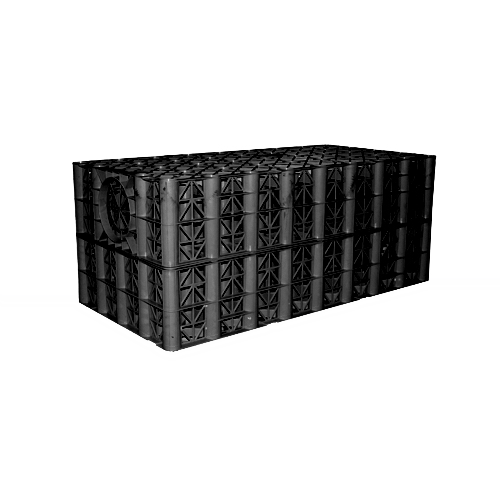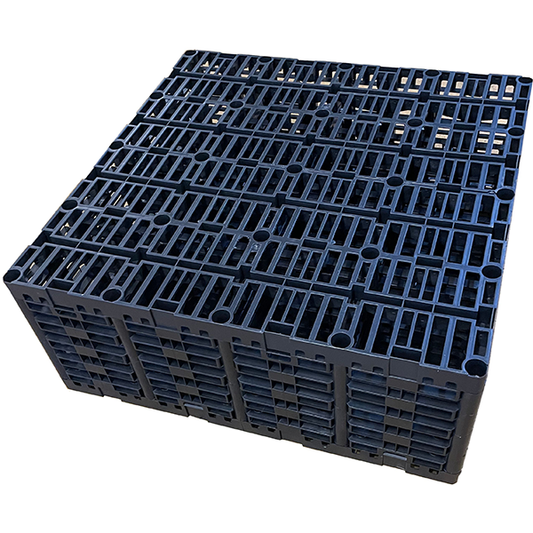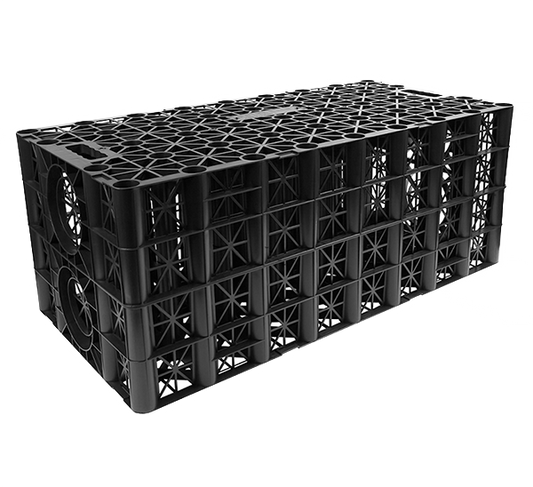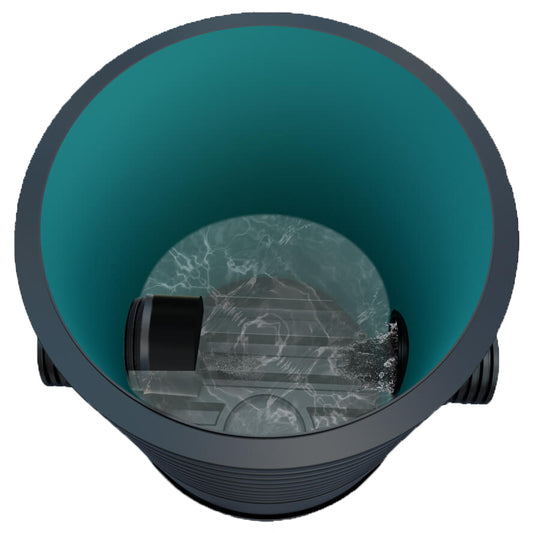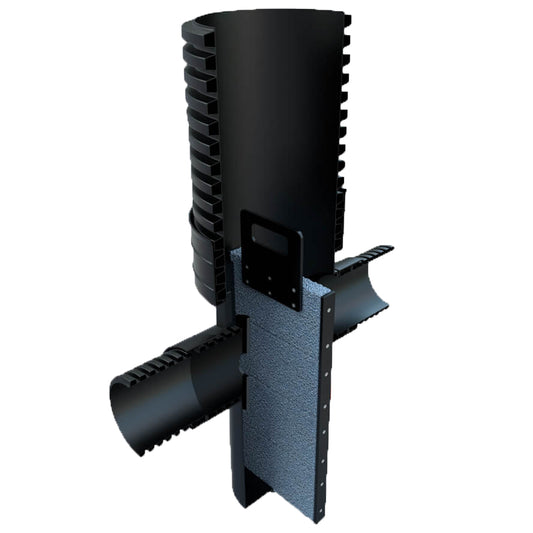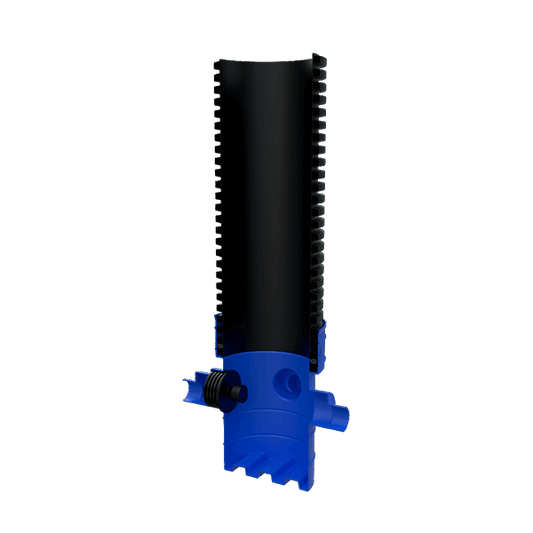Pollution warnings were announced around the UK in August, due to sewage flooding onto beaches and into waterways. This has occurred after a period of heavy rainfall following an extremely long spell of hot weather. Bathers were told to stay out of the water as storm overflows cause mass discharges around the coast.
How is heavy rainfall affecting the UK’s watercourses?
Heavy rainfall tends to lead to sewage releases when systems designed to combine rain and sewage become overwhelmed with rainwater. As a result, they do not treat the sewage and instead release it raw into the environment - into rivers, and in turn onto beaches and into oceans.
This sewage has discharged onto beaches, particularly along the south coast. Surfers Against Sewage, a marine conservation charity run to protect oceans, waves, beaches and marine life, issued warnings to health and to damage to beach and wildlife. Hugo Tagholm, chief executive of Surfers Against Sewage, said: "Our rivers and beaches are once again being treated as open sewers. Years of underinvestment are now in plain sight." Big players in the water industry are also culpable - last year Southern Water were fined a record £90m after admitting to deliberately dumping vast amounts of sewage into the sea across the south coast.
What is the government doing to prevent further damage?
The Environmental Agency is fighting for the government to issue a response to ensure sewage discharges are not necessary and that the UK’s drainage system can handle periods of heavy rainfall after dry spells, which is looking like it will become more regular in the coming years. Calls are being made for a revolution in the UK’s drainage defenses - as not only do they cause this sewage dumping, it is also leading to flooding of many urban areas.
Under Government plans by 2035 water companies will have to improve all storm overflows discharging into or near every designated bathing water while improving 75% of overflows discharging to high-priority nature sites. This will apply to all waterways by 2050.
How can you make sure your drainage system is efficient for rainfall?
Responsible sewage system and drainage ownership is a way you can help reduce the impact on the environment. If you have a good drainage system in place, that is flood-proof this can ensure your sewage system isn’t overflowing with water and therefore discharging into watercourses and surrounding waterways.
When the ground is hard and dry, water finds it hard to soak through, leading to flooding when there are heavy levels of rainfall. To ensure this doesn’t happen, sufficient surface water drainage and attenuation tanks need to be in place.
Managing stormwater is becoming more and more of a challenge for builders and developers who need to meet the increasing regulation to control its flow. A stormwater attenuation system provides a cost-effective solution but not all companies have the skills or know-how to install these systems themselves.
How can we help?
We can help ensure you have the best drainage solution for you with our stormwater attenuation solutions, helping to prevent flooding and also allowing you to harvest rainwater.
Soakaway crates have an inlet that allows up to 97% of their occupied space to fill with water. They prevent flooding by storing the build up of water during storms and then only allowing this water to gradually disperse back into the ground, at a rate the ground can handle rather than all at once.
Our soakaway crates, attenuation tanks, attention pipes, flow control chambers and lagoons all help to prevent flooding, and slow down filtration time.
Please give our experts a call to find out the best solution for you, on 0121 351 3230, or enquire here.
Alternatively, fill out our enquiry form:







